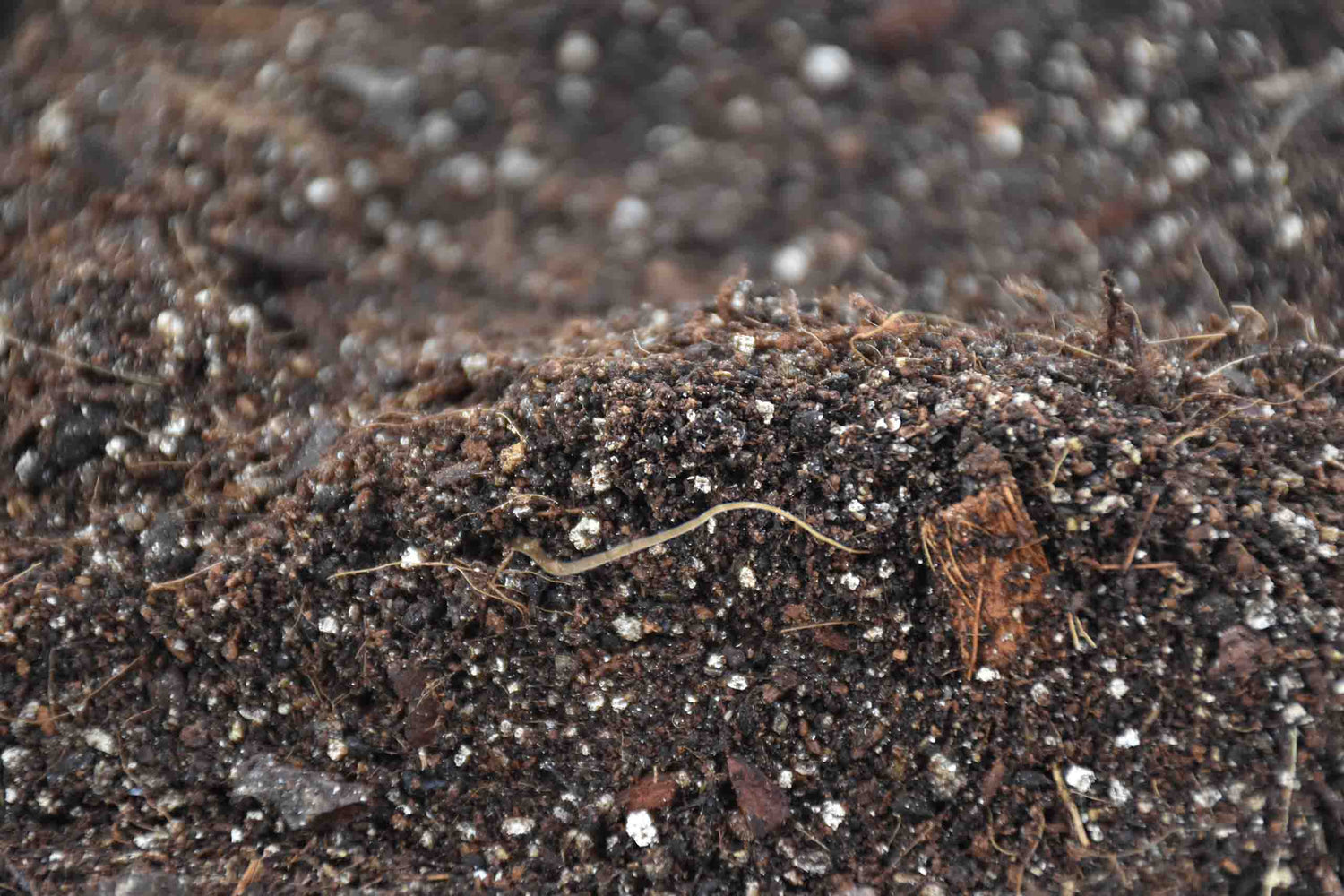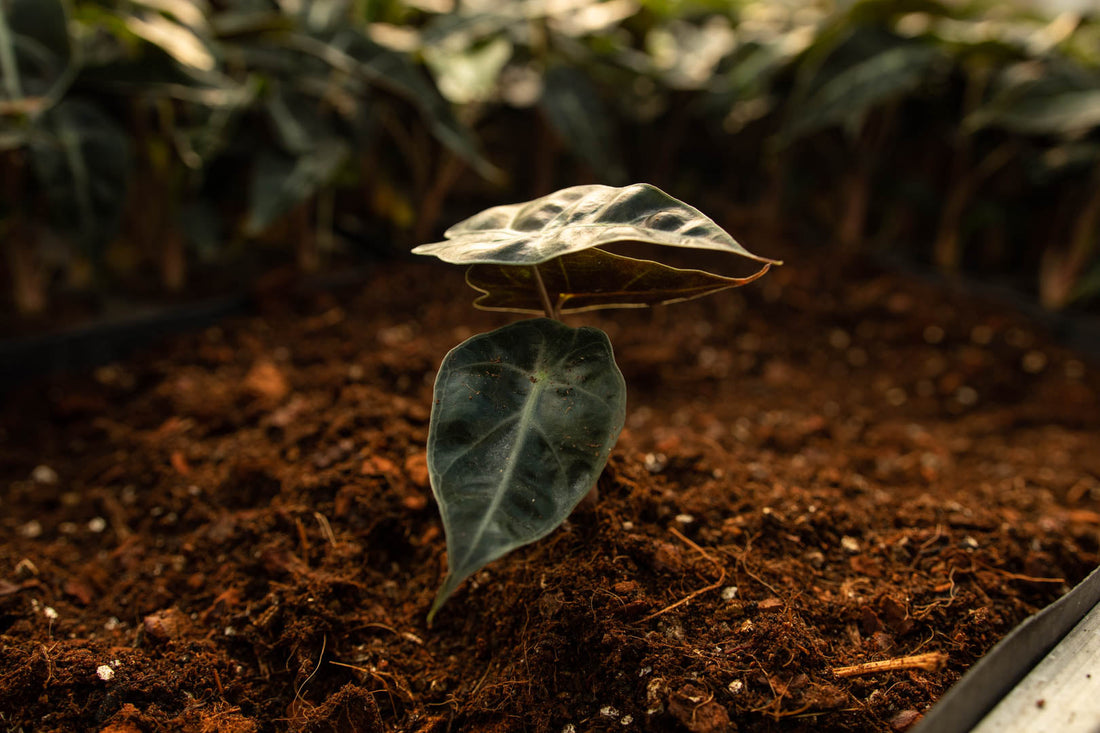Choosing the right soil is one of the most important steps to keep your houseplants happy and thriving. Healthy soil isn’t just a place to anchor roots — it provides water, nutrients, airflow, and a home for beneficial microbes.
But with so many options and conflicting advice online, it can feel overwhelming to know what's best for each plant. That’s why we put together this ultimate FAQ: to answer every question you might have (and even some you didn’t think of) about soil for houseplants.
Let’s help you grow strong, healthy, and — most importantly — happy plants!


